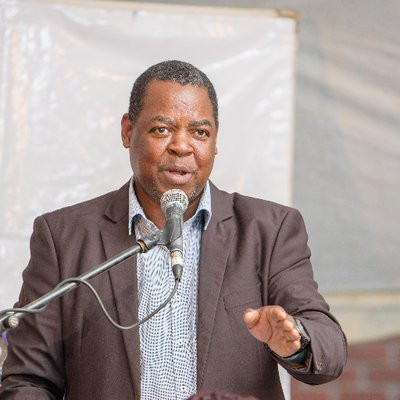
The Gender and Media Connect (GMC) has stepped up efforts to effectively move towards promoting inclusivity and equality in the media industry through its revised 2024 media policy.
The organisation has updated its media policy to foster diversity in the newsroom, which had originally been created in 2022.
Recent reports have noted an increase in incidents of inequality and sexual harassment in the newsrooms in Zimbabwe.
The GMC policy aims to redefine decision-making processes, ensuring that all voices are heard and valued, ultimately leading to a more diverse and inclusive media landscape.
Speaking during the launch of the GMC revised gender policy 2024, Zimbabwe Gender Commission chief executive Virginia Muwanigwa said the framework would provide accountability and gender equality principles across all sectors of the organisation.
“This policy seeks to ensure greater consistency of gender equality (equity) principles, policies and practices across the organisation and to provide an accountability framework against which all staff are accountable and against which Gender and Media Connect will audit itself,” she said.
“The constitutional dictates are clear as far as gender equality is concerned. Section 3 recognises gender equality and diversity; section 17 provides that the State must promote gender balance to ensure women fully participate in all the various spheres of Zimbabwean society, section 56 under the Bill of Rights,” she said.
Muwanigwa urged media houses to adopt similar policies to combat issues like sexual harassment that undermine the rights and dignity of individuals.
- Abigail Gamanya: Life on the battlefront, victory in death
- In honour of Abigail Gamanya
- Call for more funding for women
- Lupane University Vice Chancellor off the hook
Keep Reading
She added: “We want this policy to ensure freedom of expression, whereby everyone can make decisions without looking at gender.”
In his presentation, Women In News lead trainer Vincent Kahiya said the media in Africa continues to be characterised by underrepresentation and misrepresentation of women.
He said research by civil society organisations and academics also showed that news media sidelines women’s voices and women’s issues.
“As such they systematically deny women a voice resulting in a silent “gender censorship” that mostly goes unnoticed and unchecked.
“While discernible progress has been made in some areas, the journey towards change has been slow and in many countries has been littered with resistance backed by cultural practices that protect sexism.
“There has been little willingness to grapple with what is meant by diversity and freedom of expression when half the population is virtually mute; nor the more philosophical question of the role of the media in a democracy: to project only what is, or what could be.”
Kahiya said one of the key strategies in ensuring there is gender equality in the media lies in the development and formulation of national gender policies, laws and codes of ethics that will promote and protect women and achieve balance in content and context.
“By addressing gender relations and the power dynamics behind them, we can better understand individuals’ access to and distribution of resources, as well as their ability to make decisions and participate in media.
“Such policies accompanied by action plans to build capacity are useful tools to prevent and address the sexism whether in content, in the newsrooms or in advertising, which supports our media. They are also useful in charting the path for sustainable changes.”
He also called for attitude transformation to change perceptions and biases that continue to widen gender inequality in the media industry.







